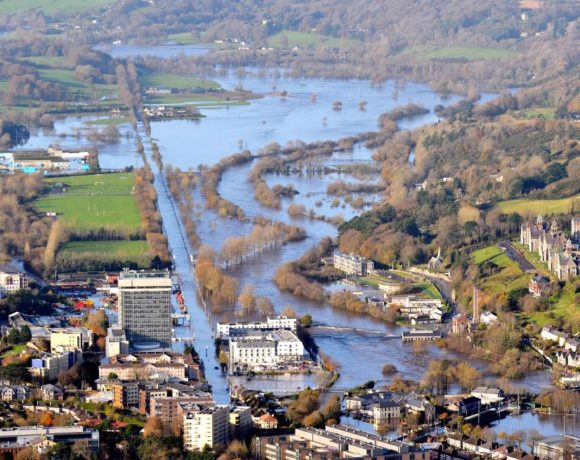Reducing on street obstacles to help improve safety within the public space for pedestrians, cyclists and those who are disabled called for this Project EDWARD (European Day Without a Road Death) and Make Way Day.
Project EDWARD (European Day Without a Road Death) Day returns on Thursday, 26 September 2019 with the key objective that no one should die on our roads on this day. Project EDWARD encourages road users to consider how their own decision making can have significant consequences for themselves and those around them.
Whilst Project EDWARD focuses on all road users most of us will be able to relate to the experience of being a pedestrian or cyclist. Pedestrians and cyclists are considered ‘most valued’ road users in terms of space required to move, their impact upon the environment and for the health benefits attributed to them being active modes of transportation. However, in terms of road safety, pedestrians and cyclists are highly vulnerable primarily due to the fact of their zero-protection compared to those in a vehicle. The RSA provisional review of fatal collisions for 2018 show pedestrians and cyclists (36 %) being disproportionally represented in the number of fatalities. Therefore, as drivers we have a duty to ourselves, and others, to be mindful of the carnage a motor vehicle can cause. For example, a car parked on a footpath / cycle path can have a significant impact on the safety of a pedestrian, or cyclist, as it becomes an obstacle that needs to be navigated often forcing the pedestrian, or cyclist, unnecessarily out into traffic. Equally being more mindful around pedestrian crossings, that is observing the lights, and observing the 30km/h zone in residential estates can help improve safety for pedestrians.
Project EDWARD Day also coincides with Make Way Day– a campaign that brings disabled people and the wider community together to consider the needs of disabled people in the public spaces we all share. If we consider a typical residential street on a bin collection day? Trying to negotiate a stream of cars parked on the footpath, littered with poorly placed wheelie bins is a challenge for any person and may result in a person’s journey being impeded or force them onto the road. Therefore, being more thoughtful as to where you place your bin, and park your car, can go a long way in improving conditions within public spaces for disabled people and for those that choose to walk, scoot or cycle.
“The Council is fully aware of its obligations to promote safety for all road users; however, a greater priority has to be placed on protecting pedestrians and cyclists. Simple and considerate measures such as not parking on the footpath or cycle lane can go a long way to improving the safety of pedestrians and cyclists as part of Project EDWARD and beyond.’ Ally Menary, Road Safety Officer, SDCC
“Make Way Day is a day of action to highlight the difficulties and dangers that wheelie bins, vehicles and other obstacles placed on footpaths create for disabled people. Every day disabled people find themselves having to risk their safety by going out onto busy roads to avoid barriers on pavements. It is extremely relevant that Make Way Day 2019 is falling on the same day as Project EDWARD”. Selina Bonnie, Disability Liaison, Access and Equality Officer, SDCC
As part of Project EDWARD and Make Way Day South Dublin County Council is calling on road users to consider how we can play our part in improving road safety for ourselves and others by sharing their insights and images of every day obstacles using #PROJECTEDWARD and #MakeWayDay.
[2]https://www.rsa.ie/Documents/Fatal%20Collision%20Stats/Provisional_Reviews_of_Fatal_Collisions/RRD_RED_20181210_2018FatalityFigures30Aug.pdf
[3] https://www.makewayday.com/
South Dublin County is one of four local authority areas in the Dublin region.
South Dublin County Council provides and funds a broad range of services including housing, roads, walking and cycling routes, parks and playgrounds, libraries, sports facilities, litter control, arts centres, enterprise units, fire services, community infrastructure and financial supports. It also serves as a platform for local democracy with 40 councillors spread across six electoral areas.
Bounded by the River Liffey to the North and the Dublin Mountains to the South, the County lies 16 kilometres south-west of Dublin city centre and has an administrative footprint of 223sq. kilometres. The County has nine main villages Clondalkin, Lucan, Palmerstown, Rathfarnham, Tallaght, Templeogue, Saggart, Rathcoole and Newcastle and is bounded by adjoining counties of Wicklow, Kildare, Dublin City, Fingal and Dun Laoghaire.













